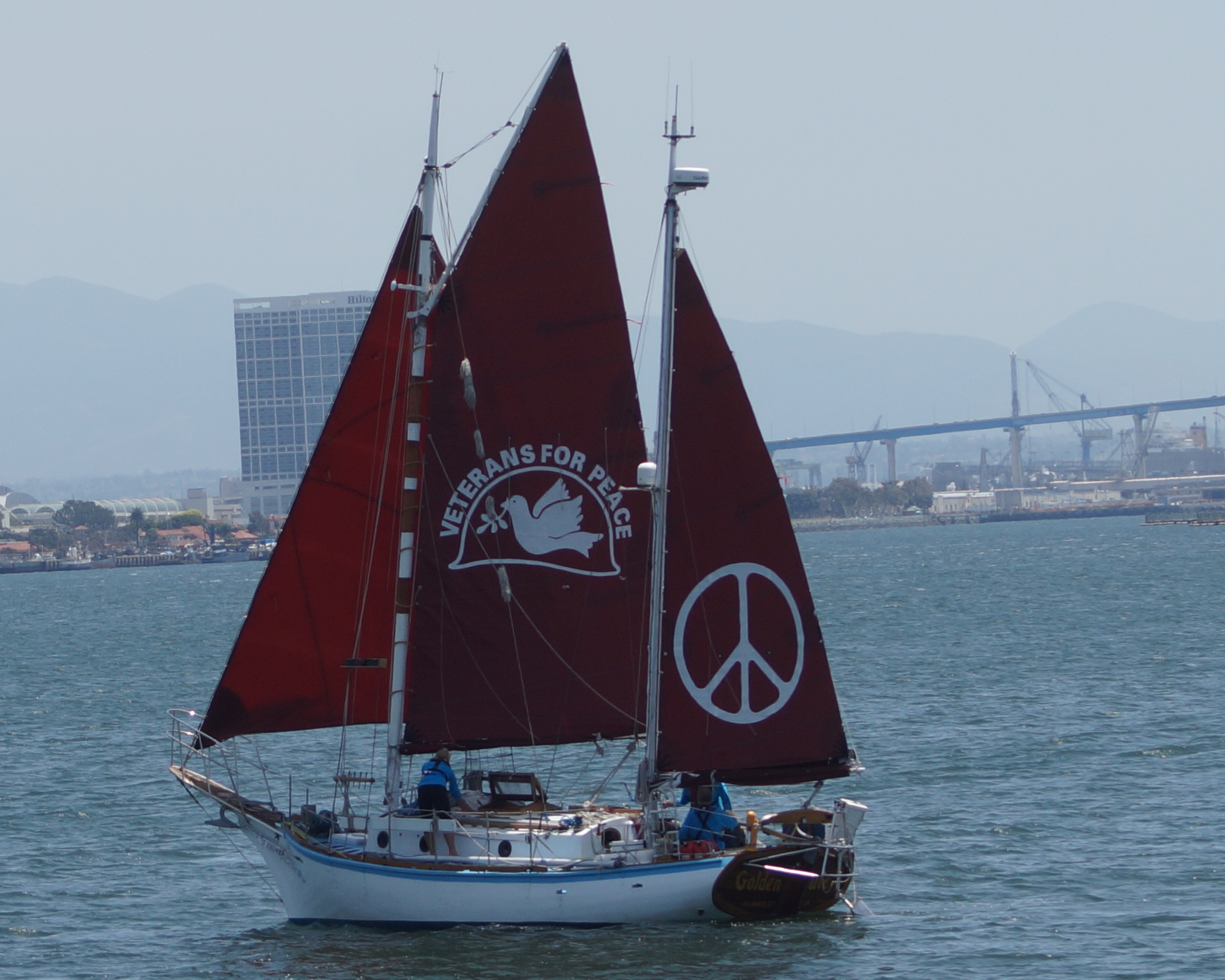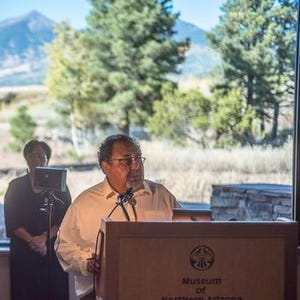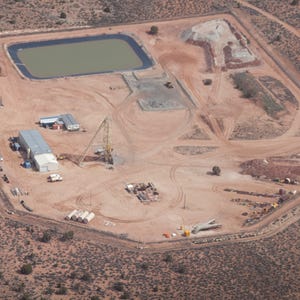03 Jan Radiation rise stalls uranium mine permits near Grand Canyon
Radiation rise stalls uranium mine permits near Grand Canyon
The levels pose no immediate risk, according to state officials, but reignite calls for a permanent ban on new uranium mines near the Canyon
A spike in radioactive soil contamination around a remote uranium mine north of the Grand Canyon has caused Arizona regulators to delay issuing new permits for three mines.
Energy Fuels Resources Inc. found elevated radiation just outside its Pinenut Mine, which is north of the Canyon and south of Fredonia. The company has completed mining the site but is storing ore above ground and trucking it to a Utah mill.
Arizona Department of Environmental Quality officials say the contamination is at least four times higher than the area’s background radiation levels but poses no immediate health risk.
As a result of the findings, the state will delay renewal of air-quality permits for activities at Pinenut and two other Energy Fuels uranium mines, including one under development south of Tusayan on the Grand Canyon’s South Rim.
The company says contamination is “extremely low” and is not a threat to the environment; mining opponents say the pollution shows it’s time for a permanent ban on new uranium mines around the Canyon.
“The evidence continues to accumulate regarding the adverse effect of uranium mining around the Grand Canyon,” said Roger Clark, Canyon program director for the Grand Canyon Trust.
Grand Canyon Trust backs a proposal by Rep. Raúl Grijalva, D-Arizona, to designate a 1.7 million-acre Greater Grand Canyon Heritage National Monument on national forest and Bureau of Land Management lands north and south of Grand Canyon National Park.
The proposal is considered dead on arrival in the current Congress, but could be a road map for preservation if President Barack Obama chooses to use his Antiquities Act authority to designate a monument.
A national monument would make permanent the current 20-year moratorium on new uranium claims around the Canyon, which the Obama administration approved in 2012. It would not deter mining on existing claims, including those for which Energy Fuels is seeking renewed air-quality permits.
The permit delays will not immediately affect mine operations. The company continues work under its old permits but must intensify environmental monitoring and has agreed to step up its dust suppression.
The company currently is drilling a shaft into its Canyon Mine, on the Kaibab National Forest, where it has yet to produce ore. Operations at the depleted Pinenut Mine include trucking of stored ore, and eventually mine cleanup.
The third mine affected by the permit delays is the EZ Mine, a proposed mine that, like Pinenut, is on BLM land south of Fredonia.
The Grand Canyon Trust, Sierra Club and Center for Biological Diversity all oppose the mining and had asked the state to deny the permits before the Pinenut contamination was reported.
The Department of Environmental Quality had planned public hearings in Flagstaff and Tuba City, but now will hold off and instead reopen and extend the public comment period, department spokeswoman Caroline Oppleman said.
“Our priority is to ensure that the health of Arizonans and our environment are protected and we take this responsibility very seriously,” she said, “particularly when it comes to the permits we issue.”
Energy Fuels spokesman Curtis Moore released a statement saying routine testing found “a very low level of uranium” near the mine’s fence line.
“These levels are marginally above natural background levels of uranium and pose no risk to public health or the environment,” he said in the statement. “The levels are extremely low and Energy Fuels is working with the ADEQ to determine if any additional dust control or other measures are appropriate.”
Clark, of Grand Canyon Trust, accepted the Pinenut contamination likely poses no immediate threat.
However, he said it is unclear whether mine practices would protect campers who frequent the Canyon Mine area once ore starts coming out of it. He suggested regulators should force the company to truck ore in air-tight containers instead of simply covering it with tarps in a dump truck.
“We don’t have epidemiological studies of how close someone might camp to Canyon Mine,” Clark said. “Is it safe for them to be there, to spend a week camping? We just don’t know.”
Clark and other supporters of a new national monument and permanent mining ban also worry that uranium will contaminate groundwater and springs inside the Grand Canyon.
The mining company has previously said its mines pose “no tangible threat” to the canyon and the Colorado River at its bottom, and less of a threat than naturally occurring uranium deposits closer to the canyon walls.






Link
Posted at 22:41h, 20 MayThe re-born Golden Rule, like the original, will inspire a new generation of peace and environmental activism.